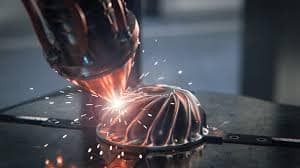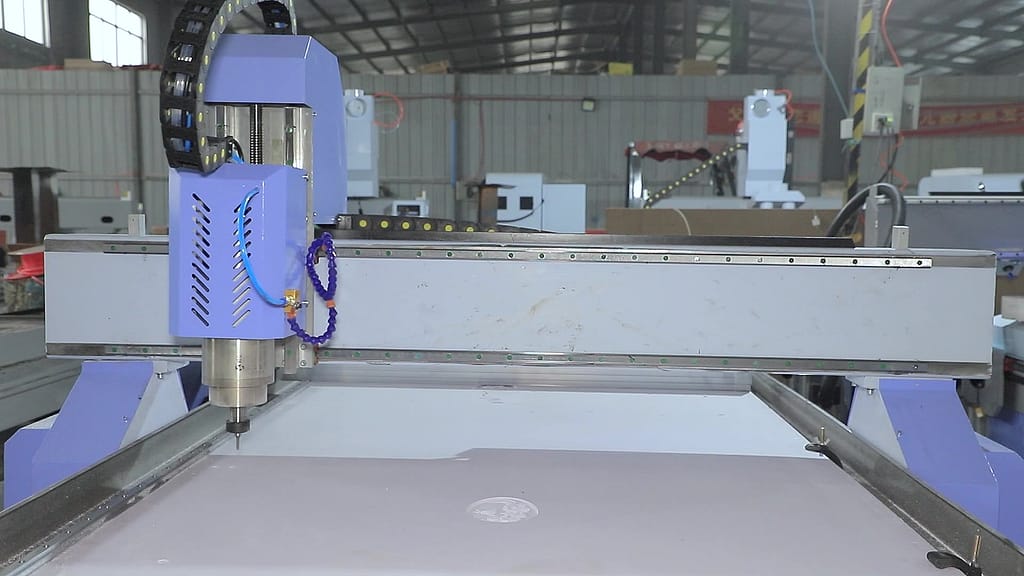The manufacturing industry is undergoing a major transformation, and at the center of this shift is fabrication additive. Unlike traditional subtractive manufacturing methods that cut, drill, or mold materials into shape, fabrication additive builds objects layer by layer, unlocking new possibilities for efficiency, customization, and cost reduction. This cutting-edge technology is changing industries, from aerospace to healthcare, and redefining how we think about production.
What Makes Additive Manufacturing a Game-Changer?
In an era where speed, precision, and innovation are critical, fabrication additive provides a solution that is not only technologically superior but also environmentally and economically beneficial. Here’s why this technology stands out:
- Unmatched Design Freedom – Complex geometries that were once impossible to produce with traditional manufacturing are now achievable. Engineers and designers can experiment with intricate designs without the limitations of molds and machining.
- Material Efficiency – Since fabrication additive builds parts layer by layer, material waste is significantly reduced. This is a stark contrast to traditional machining, where excess material is often discarded.
- Rapid Prototyping and Production – Time-to-market is drastically reduced, as companies can produce functional prototypes in a matter of hours or days instead of weeks. This accelerates innovation and allows businesses to stay ahead of competitors.
- Customization at Scale – Whether it’s medical implants tailored to a patient’s anatomy or unique automotive parts, fabrication additive makes mass customization feasible.
- Sustainability and Cost Reduction – Less material waste, fewer transportation costs, and more efficient energy usage make fabrication additive an environmentally friendly choice that also cuts expenses.
Applications of Additive Manufacturing in Modern Industries
The impact of fabrication additive spans across various industries, revolutionizing production methods and pushing boundaries:
Aerospace and Automotive
Weight reduction and material efficiency are crucial in aerospace and automotive industries. Fabrication additive enables the production of lightweight, high-strength components that enhance fuel efficiency and performance while reducing costs. Leading companies, including Boeing and Tesla, already incorporate fabrication additive to create cutting-edge components.

Healthcare and Biotechnology
From prosthetics to patient-specific implants, fabrication additive is driving breakthroughs in personalized medicine. Doctors and researchers can now 3D print custom surgical tools and implants, leading to improved patient outcomes. Even bioprinting, which involves printing human tissues and organs, is becoming a reality thanks to advances in fabrication additive.
Consumer Goods and Fashion
Luxury brands and sportswear companies are embracing fabrication additive for its ability to create unique, intricate, and high-performance products. Sneakers, jewelry, and even eyewear can be custom-made, providing consumers with one-of-a-kind items designed for both aesthetics and function.
Industrial Manufacturing and Tooling
Companies looking to optimize their supply chains are turning to fabrication additive to produce spare parts on demand, reducing the need for large inventories and minimizing downtime in production. This is particularly beneficial in industries where machine failures can result in costly delays.
Future Prospects of Additive Manufacturing
The potential of fabrication additive is far from being fully realized. As technology continues to evolve, industries will experience even greater advancements in:
- Multi-material Printing – The ability to print with multiple materials simultaneously will open new doors for complex product manufacturing.
- Higher Speed and Larger Scale – Faster printing technologies will allow for mass production at levels comparable to traditional manufacturing.
- Advanced Materials – The development of stronger, more durable, and more sustainable materials will further improve the applications of fabrication additive.
- Integration with AI and Automation – AI-driven designs and smart manufacturing systems will enhance the precision and efficiency of fabrication additive.
Conclusion
The future of production is here, and fabrication additive is leading the way. With its ability to create complex designs, minimize waste, accelerate production, and reduce costs, this revolutionary technology is set to redefine how industries operate. Businesses that embrace fabrication additive today will gain a competitive edge, benefiting from increased efficiency, customization, and sustainability. The question isn’t whether fabrication additive will become the norm—it’s how soon your industry will adopt it.
